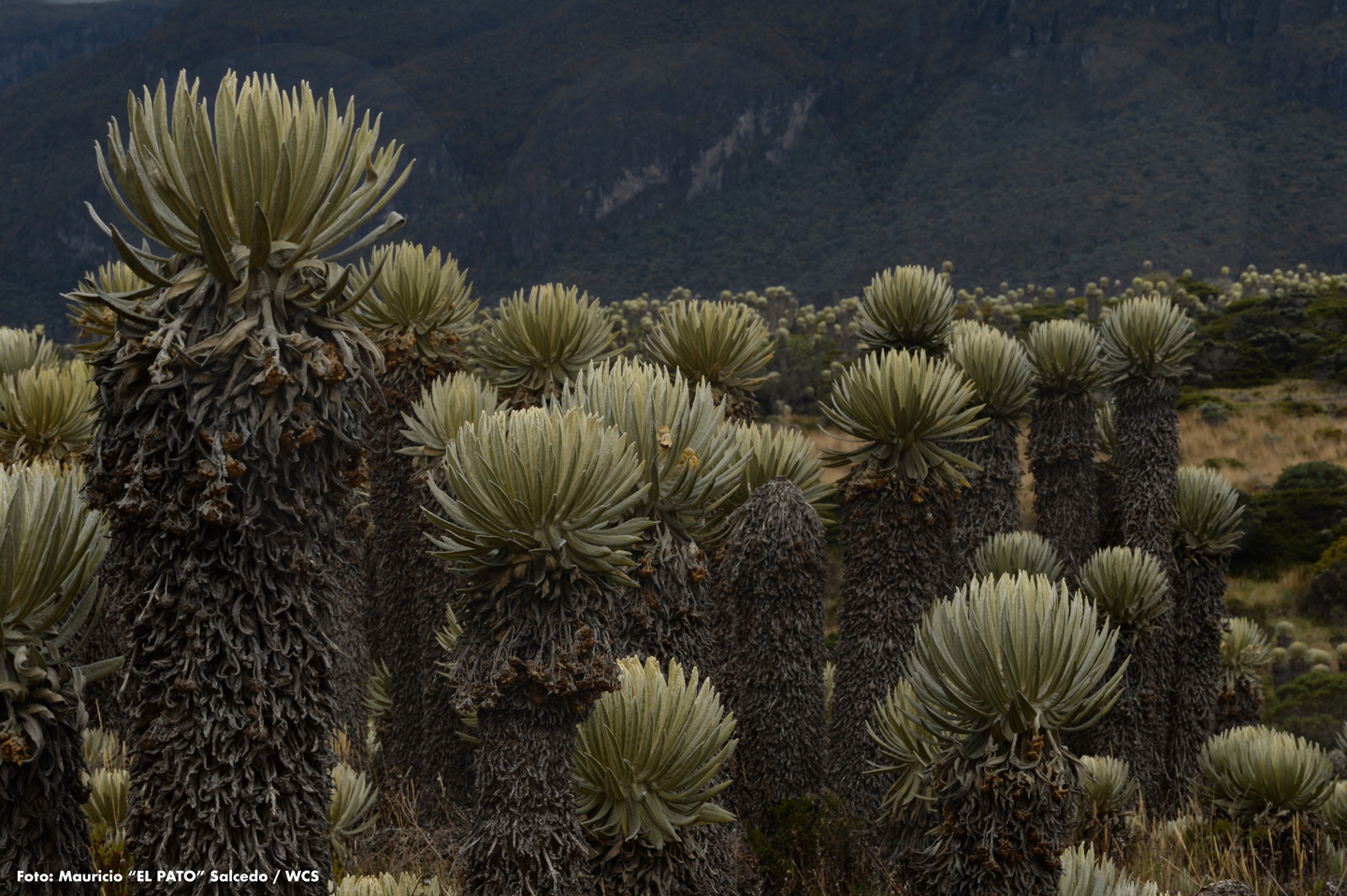 Their homes
Their homes The 144 species of frailejones known to-date (1) have as their exclusive home Venezuela, the north of Ecuador and Colombia. In this last country, 88 of all these species occur. This makes the Colombian territory, in accordance with the Humboldt Institute (2), the one with the greatest diversity of this type of plants, extended over the highest parts of its Andean territory: the three mountain ranges (East, Central and West) and the Sierra Nevada de Santa Marta. Frailejones are associated with very specific habitats in soil and types of vegetation and belong to the same family as the sunflowers and the daisies.
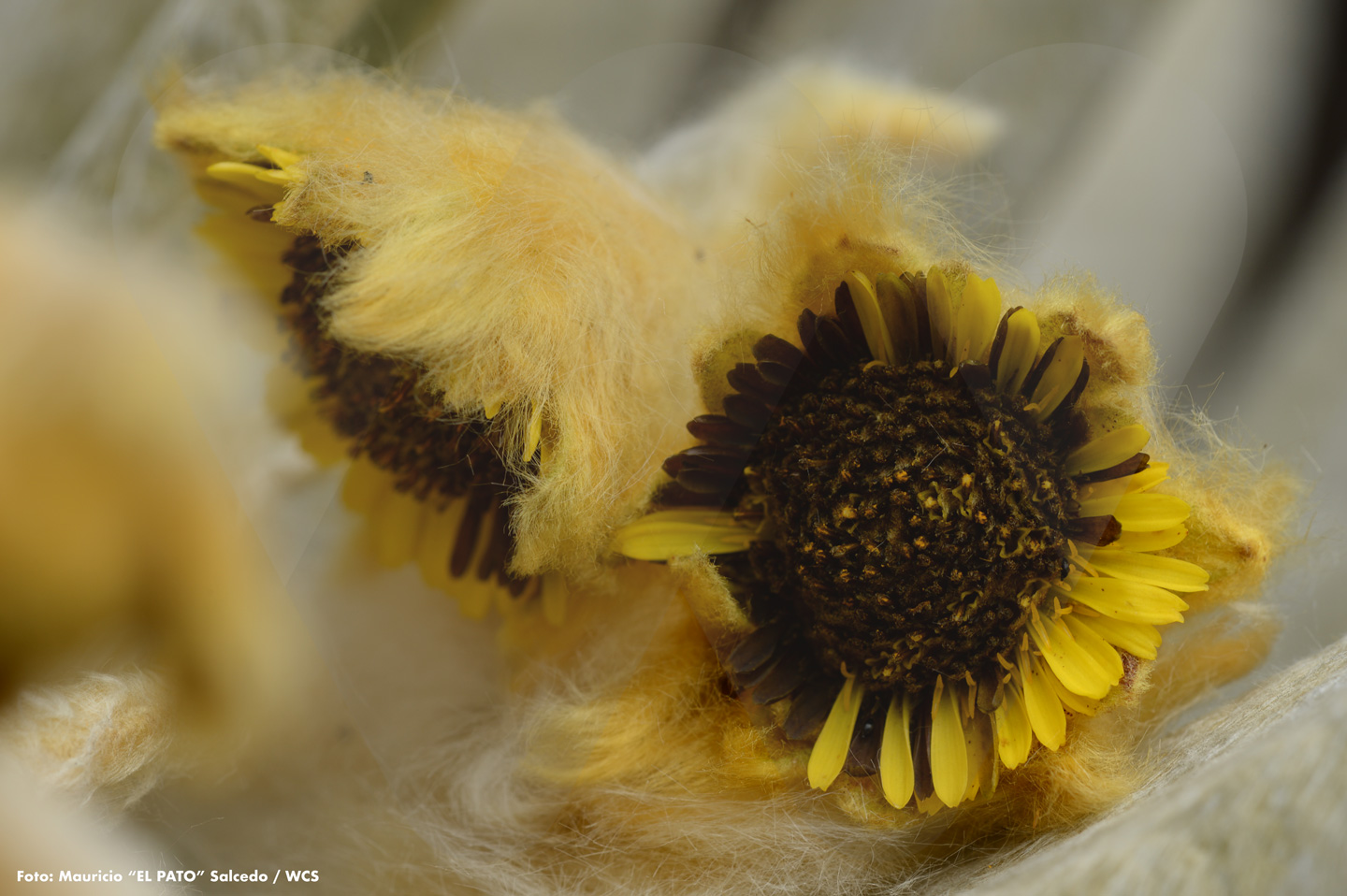 The flowers
The flowers
A striking element of the frailejones are, definitely, their flowers. They have a structure called “palea”, a type of poncho that protects them from the cold. And although when we think of frailejones, we generally think of yellow flowers, some species have reddish and white flowers. In Colombia, the blooming peak of these plants is between July and August, although some individuals flower at the beginning of the year, towards the month of February (1).
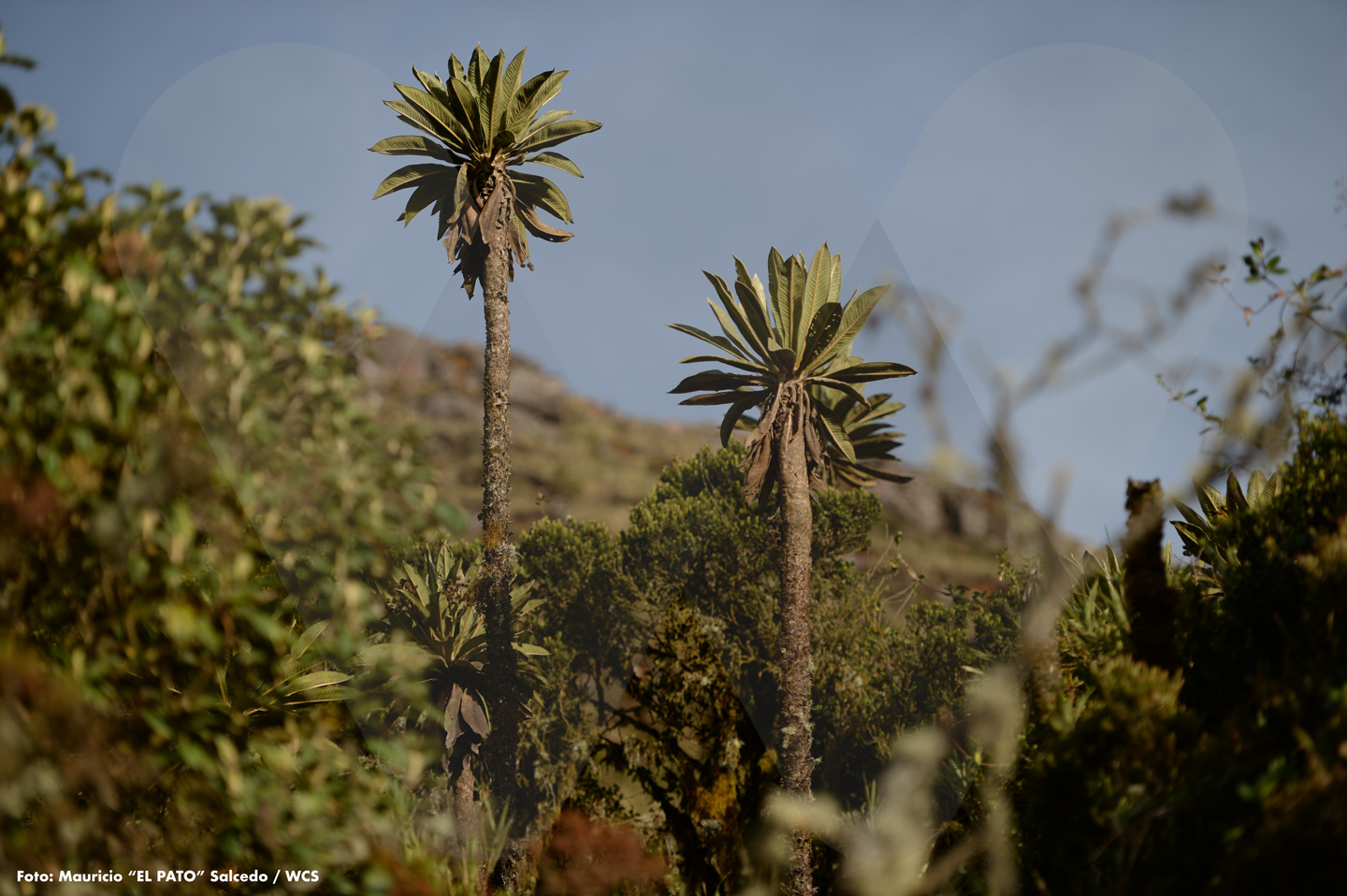 The frailejones and the national natural parks
The frailejones and the national natural parks
There are 47 species of frailejones in Colombia's national natural protected areas. The one in the image is scientifically called Espeletia uribei. It only lives in the Chingaza National Natural Park and its surroundings, in the Departments of Meta and Cundinamarca, between 2740 and 3520 meters above sea level (3). This variety of frailejón is remarkable, as its individuals can grow up to 10 meters high. Besides, it belongs to the group that does not keep its dead leaves on its stems, a relatively exceptional condition.
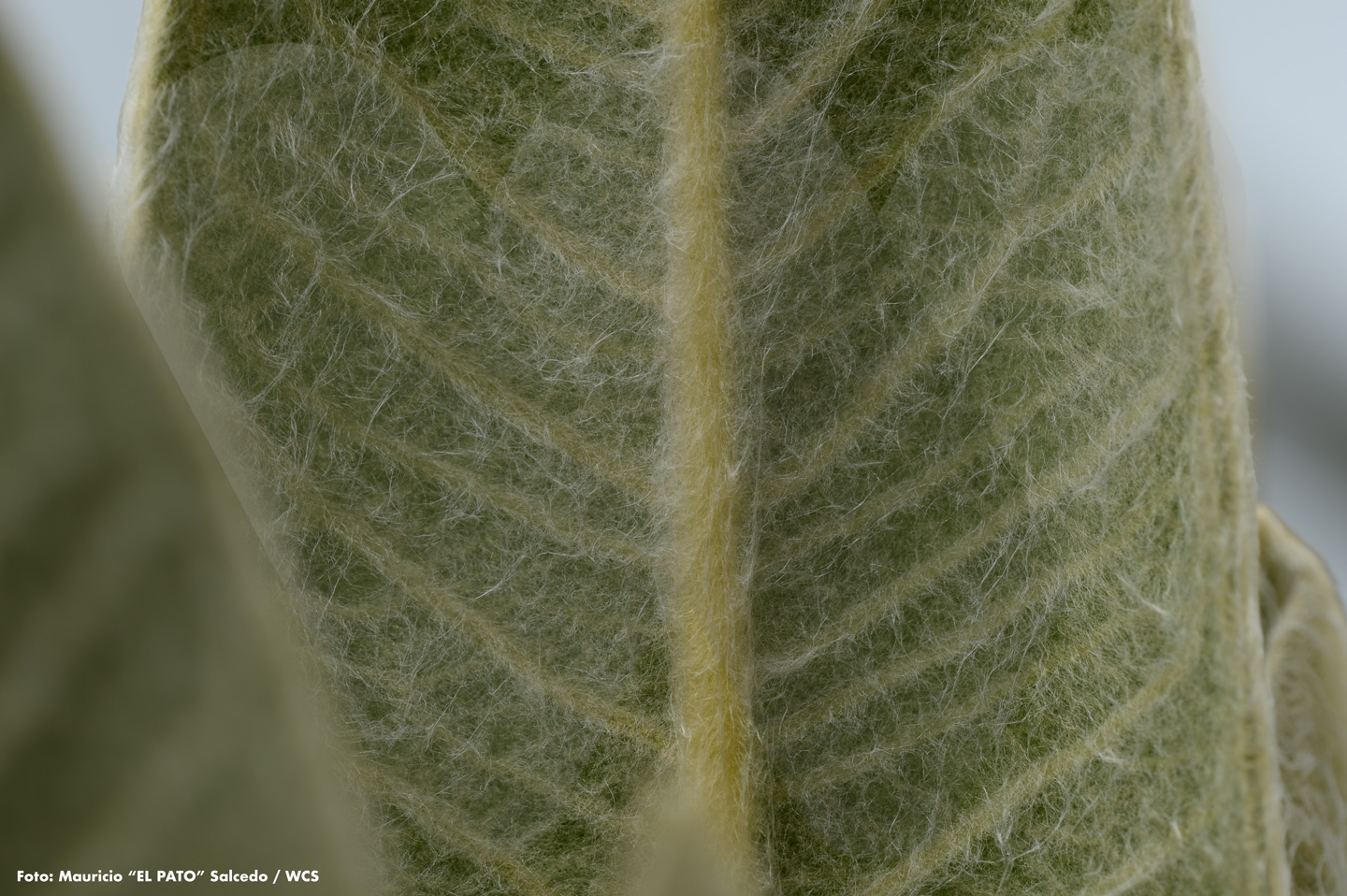 The leaves
The leaves
They are covered by something that we could describe as a kind of woolly dress, for protection against the cold weather. In some cases, with the years, this cover starts disappearing. In great part of the frailejones, their dead leaves remain on the stem. This is a strategy that the plant uses to maintain a warmer temperature and also to reabsorb certain nutrients that still form part of that lifeless matter. We should add that those plants have leaves with varied forms.
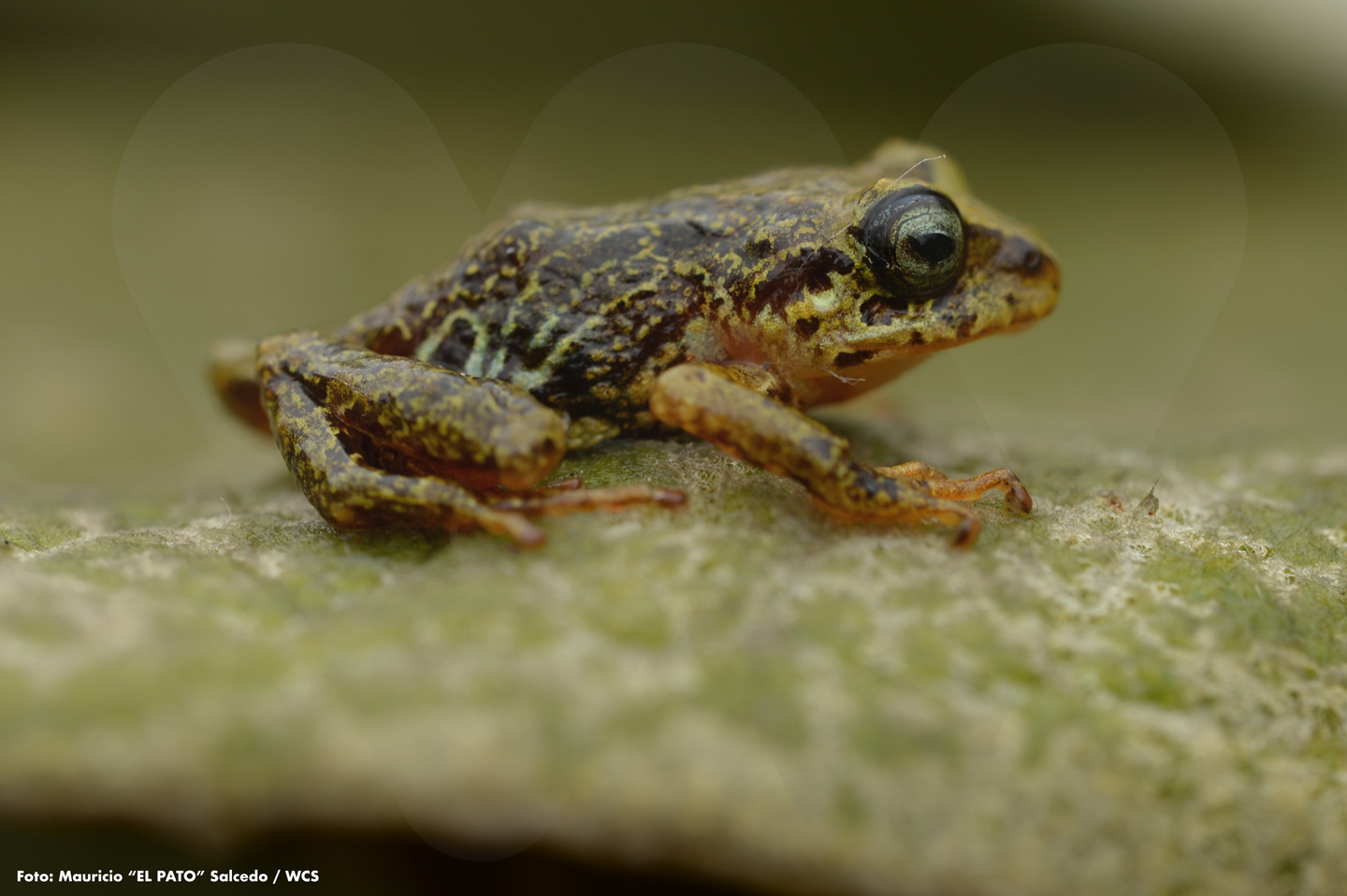 Environmental services
Environmental services
Those frailejones with stems covered by dead leaves serve as a building that provides home and food for many insects - there are scientific studies that mention (4) close to 150 species. Additionally, as the fog of the paramos passes over the mountain, the frailejones trap its humidity and form small drops that, little by little, drip and flood the paramos´ soil. In this manner, these beautiful plants are of significant importance to capture and deliver this vital hydric resource.
_____________________________________________________________________________________
(1) B.V. Rodríguez, comunicación personal, 28 de septiembre de 2020.
(2) Instituto de Investigación de Recursos Biológicos Alexander von Humboldt (2016). Frailejones de Colombia. 2900 registros, aportados por: Castellanos, C. (Contacto del recurso), Diazgranados, M. (Creador del recurso, Autor, Proveedor de metadatos). http://i2d.humboldt.org.co/ceiba/resource.do?r=rrbb_colombia_espeletias_2017
(3) Rodríguez-Cabeza, B.V. 2017. Protocolo: Generación de información de línea de base del valor objeto de conservación de sistema frailejones en los Parques Nacionales Naturales de Colombia y su zona de influencia. Subprogramas de investigación y monitoreo. Grupo de Planeación y Manejo. Subdirección de Gestión y Manejo de Áreas Protegidas. Parques Nacionales Naturales de Colombia. Bogotá D.C. 56 págs.onales Naturales de Colombia. Bogotá D.C. 56 págs.
(4) Diazgranados, M. 2015. Una mirada biológica a los páramos circundantes de la sabana de Bogotá. En: E. Guhl (Ed.aqu). Los páramos circundantes a la Sabana de Bogotá. 175–205. Jardín Botánico de Bogotá.